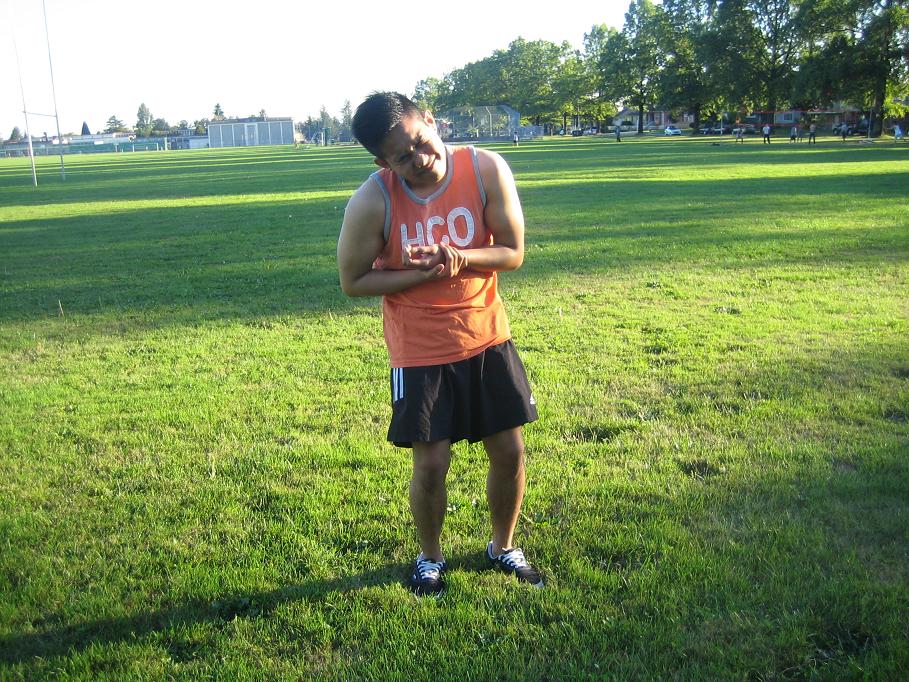Neurodermatitis is a condition that is characterized by an area of itchy skin. Scratching the area makes it itchier. Generally, the cycle of itch-scratch makes the affected area becoming thick and leathery. The affected areas are usually the forearm, wrist, neck, thigh and the ankle. This condition is also called lichen simplex chronicus. The itchiness of the area is very severe or recurrent that cause disruption of sleep and quality of life.
Symptoms of neurodermatitis
- A leather-like or scaly feel on the area
- Patches that cause severe itchiness.
- A raised, rough patch or patches that is reddened or darker than the rest of the skin.
- Difficulty in sleeping
A raised, rough patch or patches that is reddened or darker than the rest of the skin. - Difficulty in performing regular daily tasks
- Fever
- Open wounds due to excessive scratching
- Incapable in participating in activities
- Pus
- Severe pain and discomfort
Causes
- Dry skin
- Insect bites
- Tight clothing
- Environmental changes
- Stress
Treatment
- Take the prescribed injections of corticosteroid directly into the affected area for fast healing of the condition.
- Prescribed antihistamines to lessen itchiness of the affected area. Some of these medications cause drowsiness to lessen the urge to scratch while sleeping.
- Botulinum toxin or Botox injections are a technique that lessen the itchiness and makes rough patches of skin disappear.
- Apply cool and wet compress to relax the skin and lessen the itchiness. Soak a face cloth in cool water, wring out excess water and then apply to the area for a few minutes. Apply a medicated cream over the area. Another alternative is taking a cool bath with baking soda, colloidal oatmeal or raw oatmeal to relieve of the itchiness.
- Use over-the-counter anti-itch cream or lotion such as hydrocortisone cream to lessen the itching. Another alternative is taking the oral antihistamine such as diphenhydramine Benadryl to lessen the severe itchiness and prevent disruption s in sleeping.
- Cover the affected area using bandages or dressings to protect the affected skin and minimize scratching when sleeping at night. Keep the nails trimmed especially when there is a tendency to scratch the area during sleeping and to prevent making the condition worse.
- Take warm baths and mix it with colloidal oatmeal or Aveeno and use mild soaps without perfumes and dyes. After taking a bath, moisturize the body using unscented moisturizers to protect the affected area. Another alternative is taking a warm bath everyday and mix with a few drops of oil. Soak the body in the warm water for at least 10 minutes and massage the area.
- Perform relaxation and breathing techniques such as yoga and meditation to relax the body and lessen the itchiness of the affected area.
Additional measures
- Avoid being stressed to lessen the symptoms of neurodermatitis.
- Avoid wearing tight clothing. Wear smooth-textured clothes made of cotton to prevent irritations on the skin and worsen the condition.
FACT CHECK
https://en.wikipedia.org/wiki/Lichen_simplex_chronicus
https://www.aad.org/public/diseases/eczema/neurodermatitis
https://www.mayoclinic.org/diseases-conditions/neurodermatitis/symptoms-causes/syc-20375634

